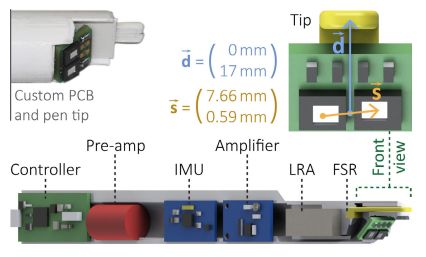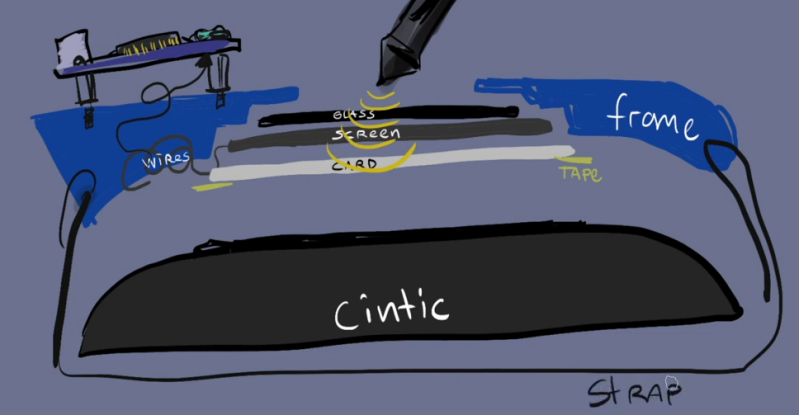Over the decades, a lot of attempts have been made to try and make pens and pencils “smart”. Whether it’s to enable a pen to also digitally record what we’re writing down on paper, to create fully digital drawings with the haptics of inks and paints, or to jot down some notes on a touch screen, past and present uses are legion.

Where SIP Lab’s DeltaPen comes in as an attempt at a smart pen that acts more like the pen of a drawing tablet, just minus the tablet.
This project is related to the decidedly more clumsy Flashpen which we featured previously. Due to the use of new flow sensors, the underlying surface (e.g. a desk) can be tracked without needing to be level with it, which allowed for the addition of a pressure-sensitive tip.
In addition the relative motion of the pen is measured, and there is haptic feedback, which allow for it to be used even for more delicate applications such as drawing. The results of trials with volunteers across a range of tasks is described in their presented paper (PDF).
Continue reading “DeltaPen: Drawing, Painting And Taking Notes Without The Drawing Tablet”
















